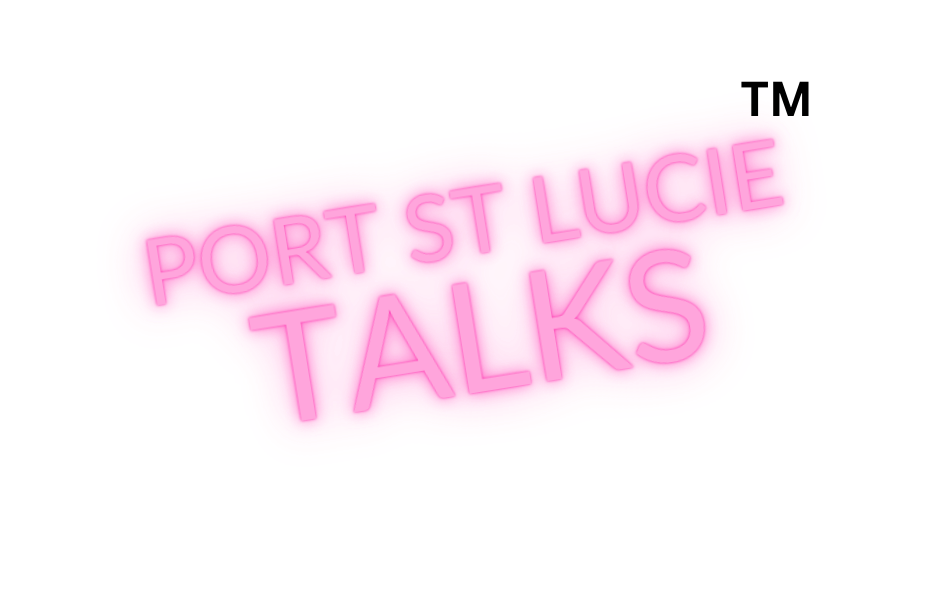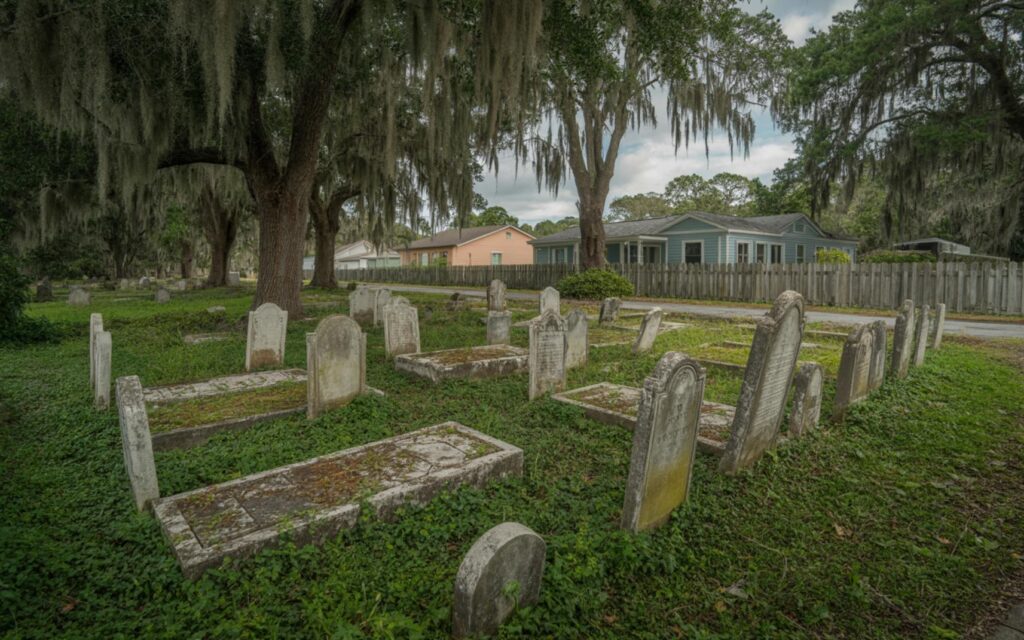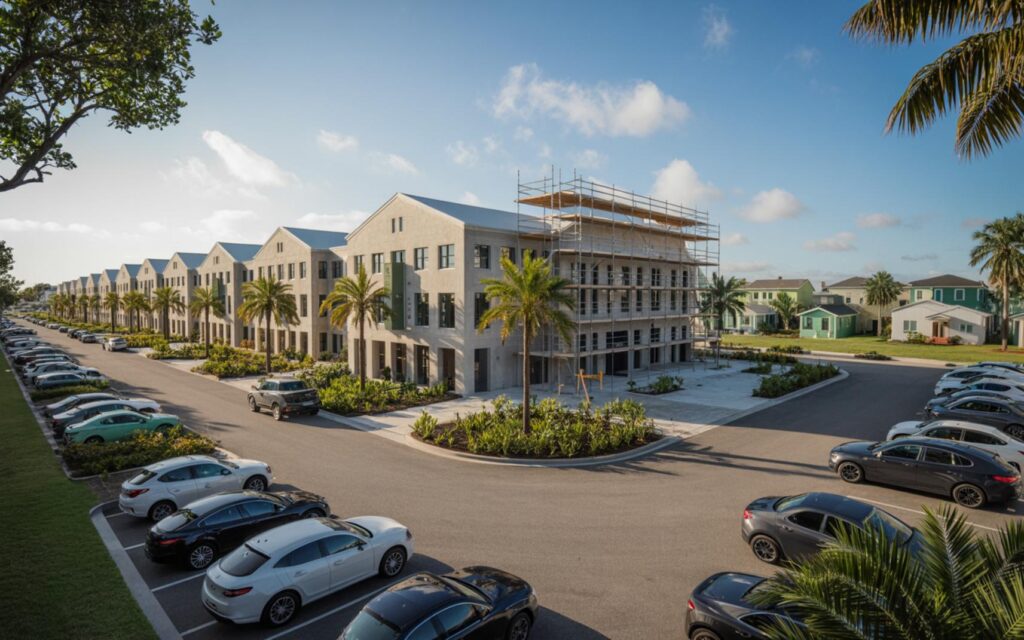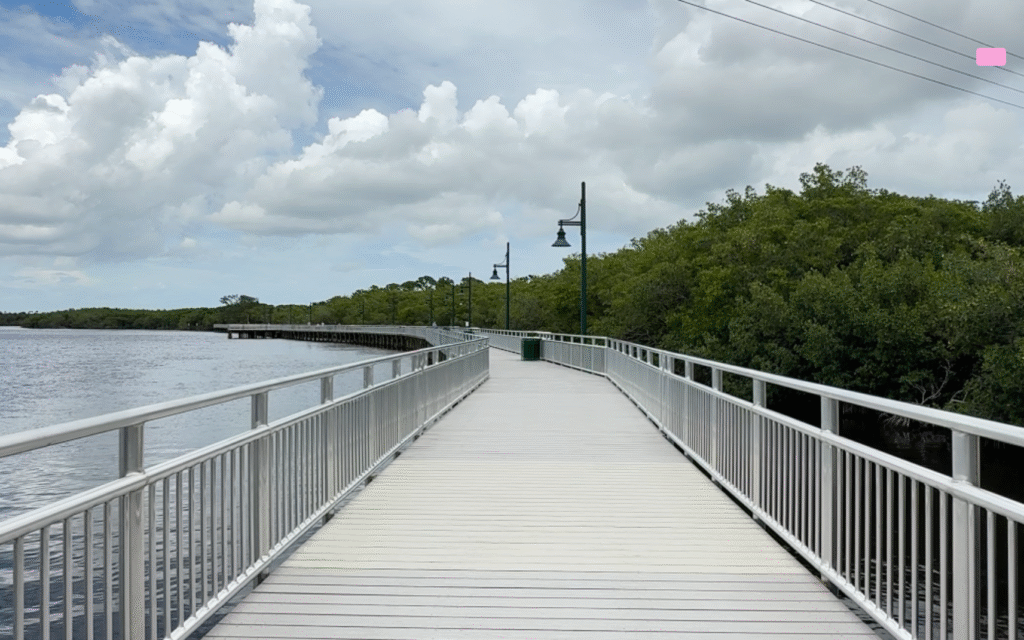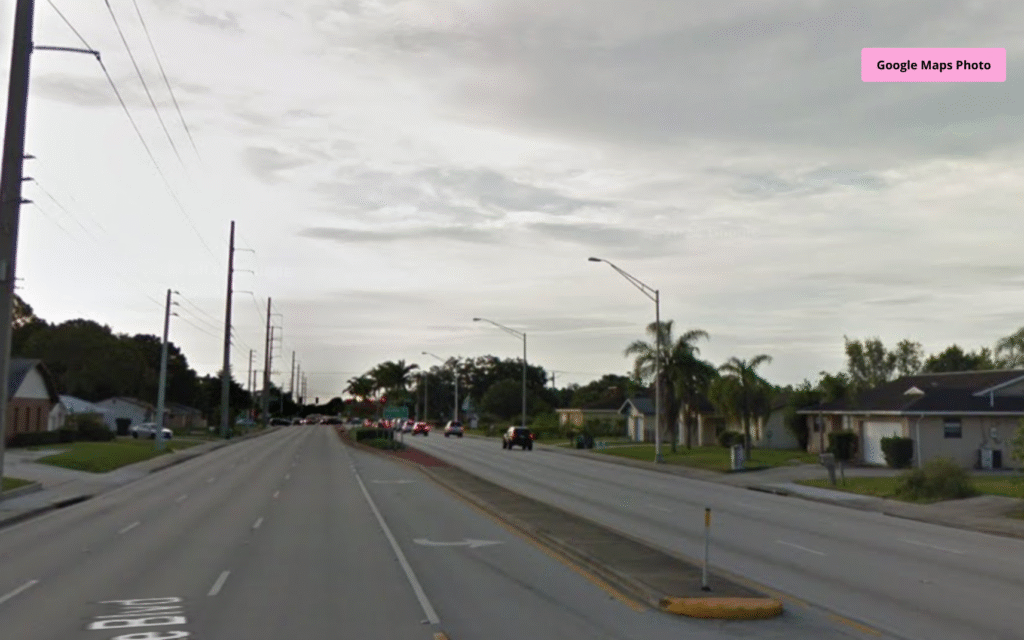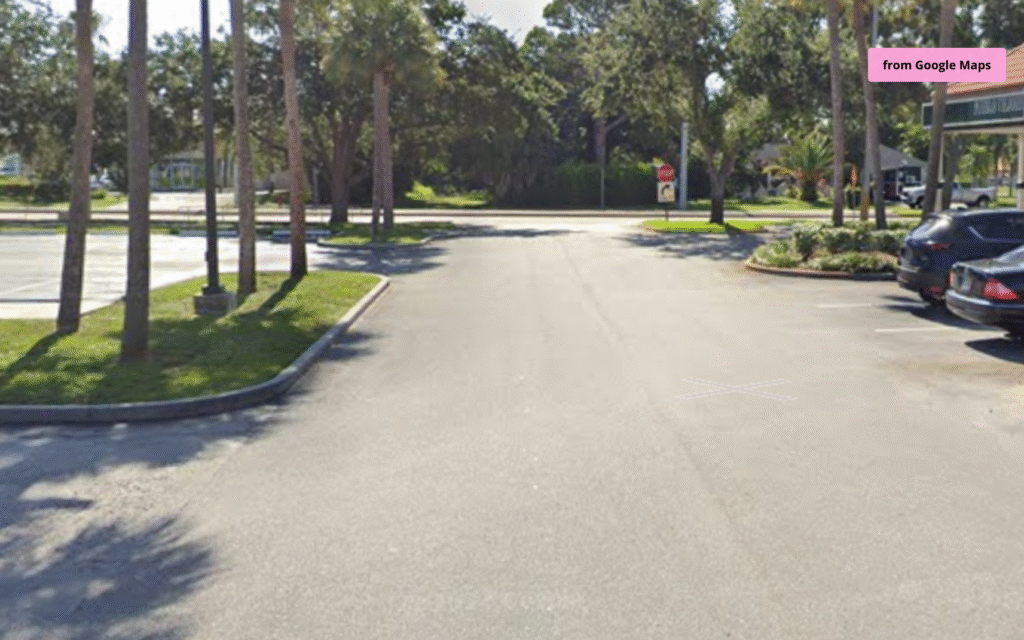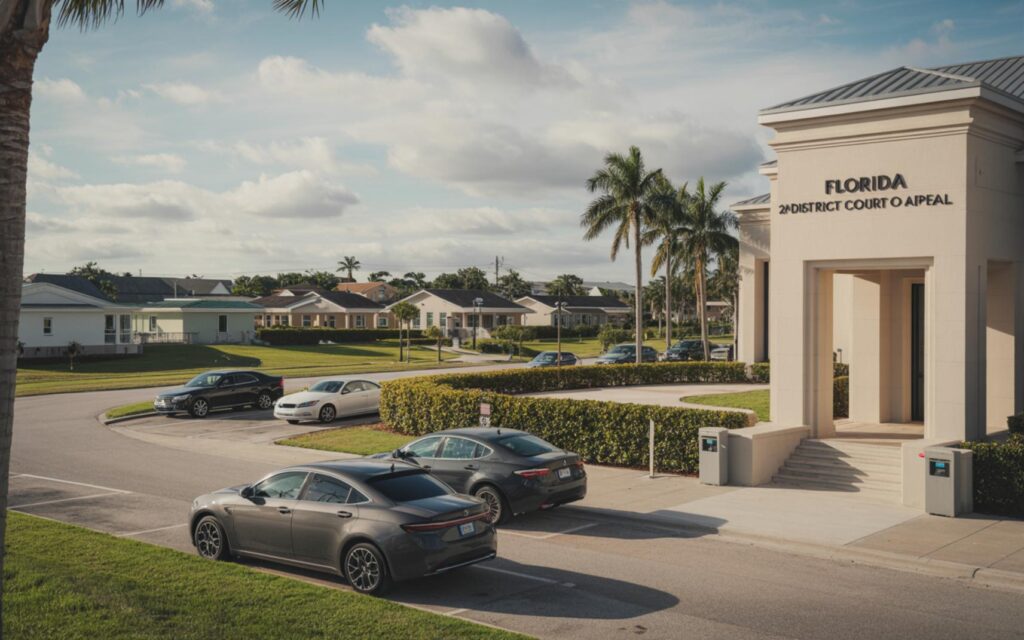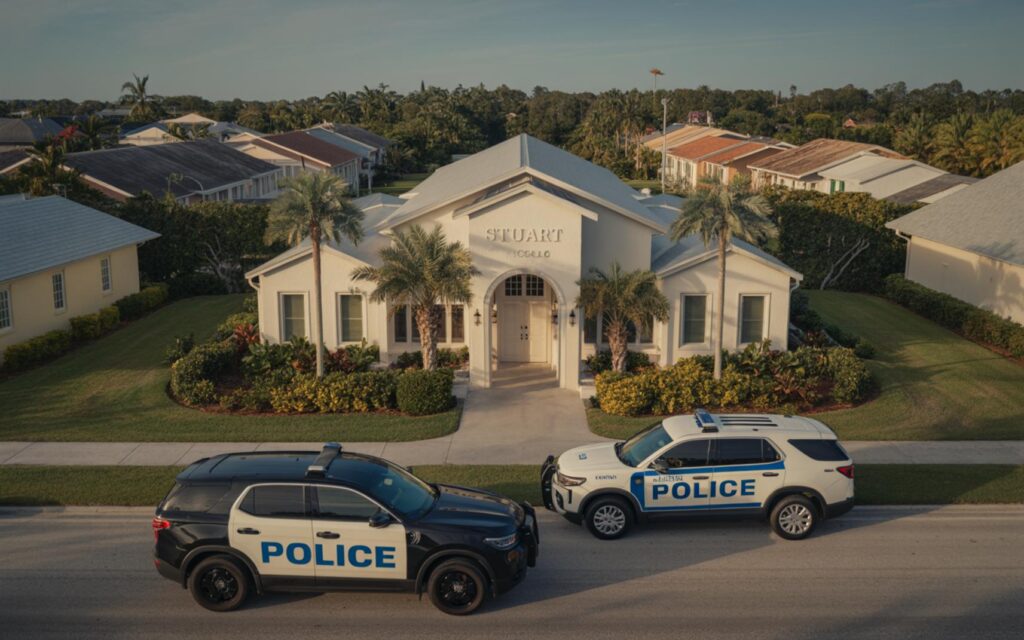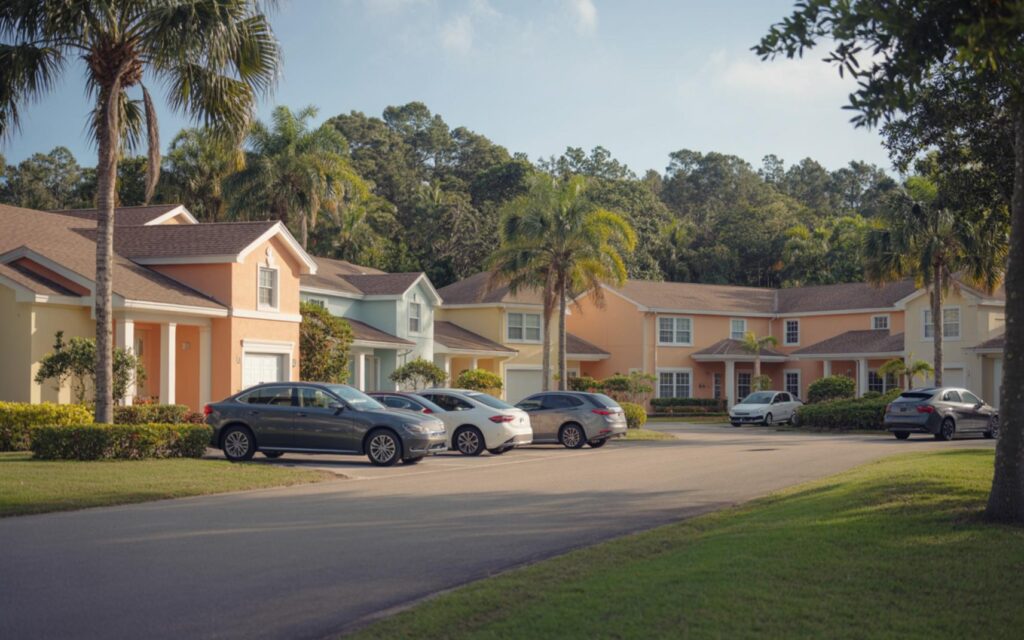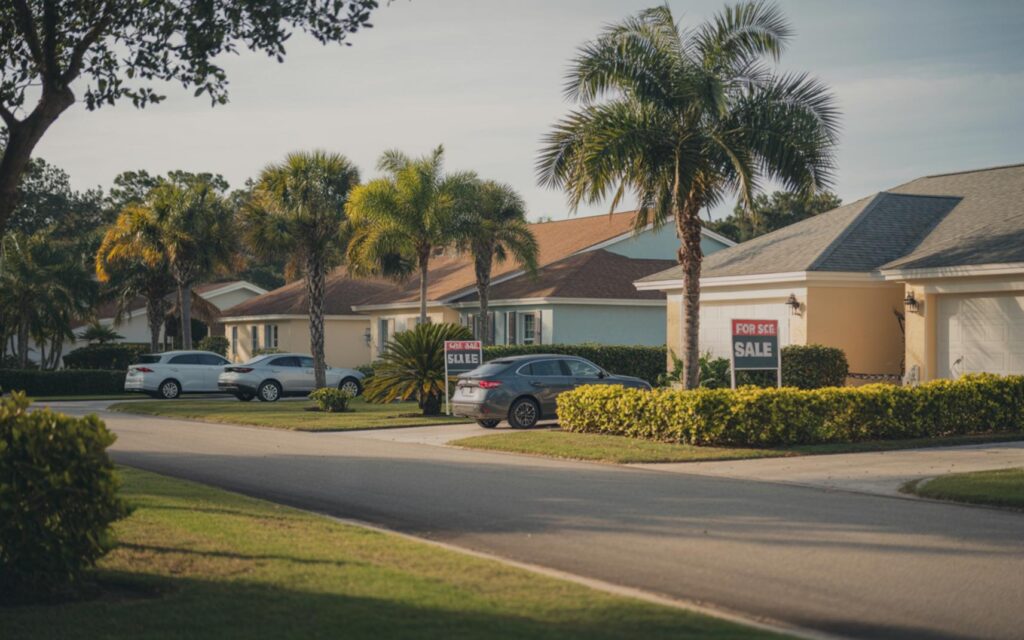Abandoned cemeteries in Florida represent a significant challenge, with thousands of burial sites across the state lost to time, neglect, and development. The issue of abandoned cemeteries affects the Treasure Coast and many other regions, raising concerns about historical preservation, cultural memory, and respectful treatment of the deceased.
Abandoned Cemeteries in Florida: Scope and Statistics
Florida is estimated to have as many as 8,000 abandoned cemeteries, according to state and local agencies. Of the 3,580 documented cemeteries in Florida, approximately 40 to 50 percent are considered abandoned or neglected. Hundreds of these sites hold historical significance, yet many remain unmarked or undocumented, making their preservation especially challenging.
The Treasure Coast, like other parts of the state, contains numerous forgotten burial sites. These cemeteries are often lost due to urban expansion, infrastructure projects, and commercial development. Local authorities report that some cemeteries have been paved over or built upon, while others have simply faded from public memory.
Causes of Cemetery Abandonment and Neglect
Abandoned cemeteries in Florida often result from a lack of perpetual care, insufficient funding, or changes in land ownership. Many burial sites were never officially recorded, particularly those associated with marginalized communities. African American cemeteries, for example, were historically segregated and frequently excluded from official records.
Urban development has played a major role in the loss of historic cemeteries. According to local government reports, some graves have been relocated during construction, but evidence suggests that many bodies remain beneath modern structures. The absence of clear documentation makes it difficult to identify and protect these sites.
Historical and Cultural Significance of Forgotten Burial Sites
Experts emphasize the importance of treating all burial sites with dignity and respect, regardless of their current condition. Abandoned cemeteries represent a significant loss of historical and archaeological value. The issue is especially acute for African American cemeteries, which have suffered from historical marginalization, segregation, and underfunding.
Restoring and documenting these sites is seen as vital for preserving local history and honoring those interred. According to historians and archaeologists, many forgotten cemeteries contain valuable information about Florida’s past, including insights into community life, migration patterns, and cultural traditions.
Efforts to Locate and Preserve Abandoned Cemeteries
State and local agencies are increasingly using ground-penetrating radar and other geophysical methods to locate and document forgotten graves. These technologies help identify burial sites that are no longer visible on the surface. According to official sources, this approach has led to the discovery of previously unknown cemeteries throughout Florida, including in the Treasure Coast region.
Task forces have been established to study the extent of abandoned cemeteries and recommend preservation strategies. Legislative efforts focus on creating guidelines for cemetery care, funding mechanisms, and permanent structures for ongoing identification and protection. Community groups and historians are also working to restore and memorialize neglected sites, particularly those with cultural or historical significance.
Community Involvement and Restoration Initiatives
Local governments face challenges in managing and funding the care of abandoned sites. However, community organizations and volunteers play a key role in restoration efforts. These groups often rely on historical records, maps, and community memory to locate and identify forgotten graves.
- Ground-penetrating radar is used to detect unmarked graves without disturbing the ground.
- Historical research helps verify the existence and boundaries of lost cemeteries.
- Community events raise awareness and support for preservation projects.
These initiatives highlight the growing recognition of abandoned cemeteries as important cultural and historical resources.
Challenges Facing Abandoned Cemetery Preservation
Despite increased attention, significant challenges remain in preserving Florida’s abandoned cemeteries. Funding is often limited, and legal responsibilities for care are sometimes unclear. Local governments must balance development needs with the obligation to protect historical sites.
Maps, historical records, and oral histories are essential tools for locating forgotten burial grounds. However, gaps in documentation can make it difficult to confirm the existence or boundaries of some cemeteries. According to preservation experts, ongoing research and public engagement are necessary to ensure these sites are not lost forever.
Frequently Asked Questions About Abandoned Cemeteries in Florida
What is an abandoned cemetery in Florida?
An abandoned cemetery in Florida is a burial site that no longer receives regular care or maintenance. These sites are often neglected due to lack of funding, changes in ownership, or loss of community connection.
How many abandoned cemeteries are in Florida?
Florida is estimated to have up to 8,000 abandoned cemeteries statewide. About 40 to 50 percent of the 3,580 documented cemeteries are considered abandoned or neglected.
Are there abandoned cemeteries on the Treasure Coast?
Yes, the Treasure Coast region contains numerous abandoned and forgotten burial sites. Many of these cemeteries are unmarked or have been lost due to development and neglect.
Can you visit abandoned cemeteries in Florida?
Some abandoned cemeteries are accessible to the public, but many are on private property or have unclear ownership. It is important to seek permission and follow local laws before visiting any burial site.
Where are most abandoned cemeteries located in Florida?
Abandoned cemeteries can be found throughout Florida, including urban, rural, and coastal areas. Many are located in places that have experienced significant development or population changes.
